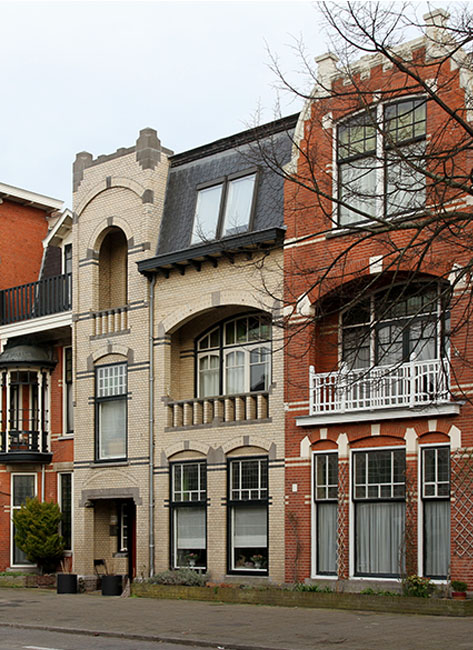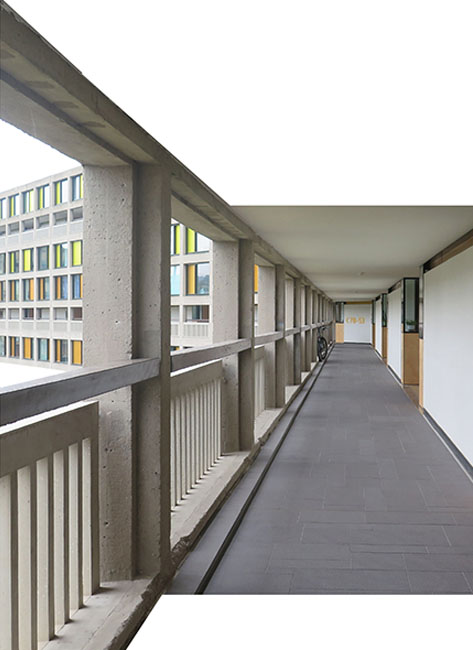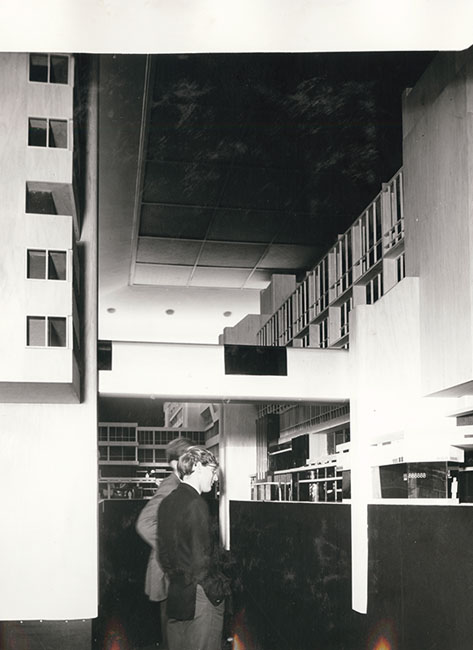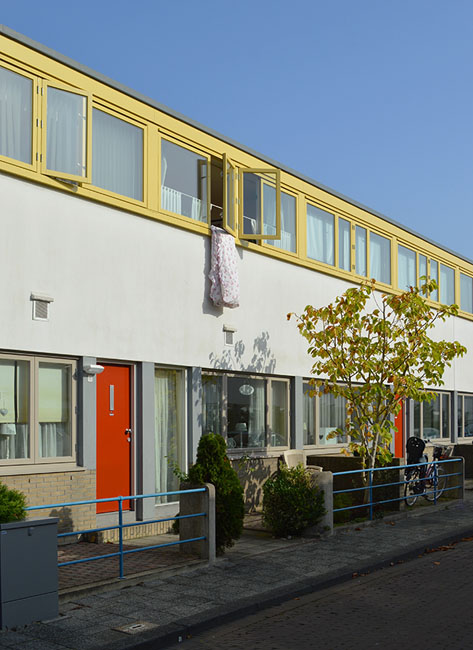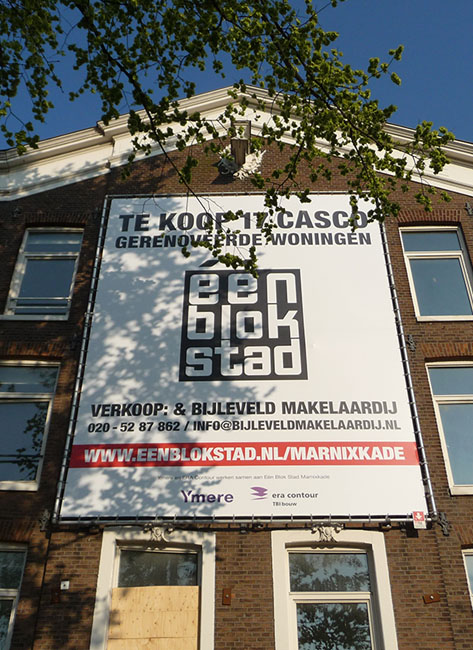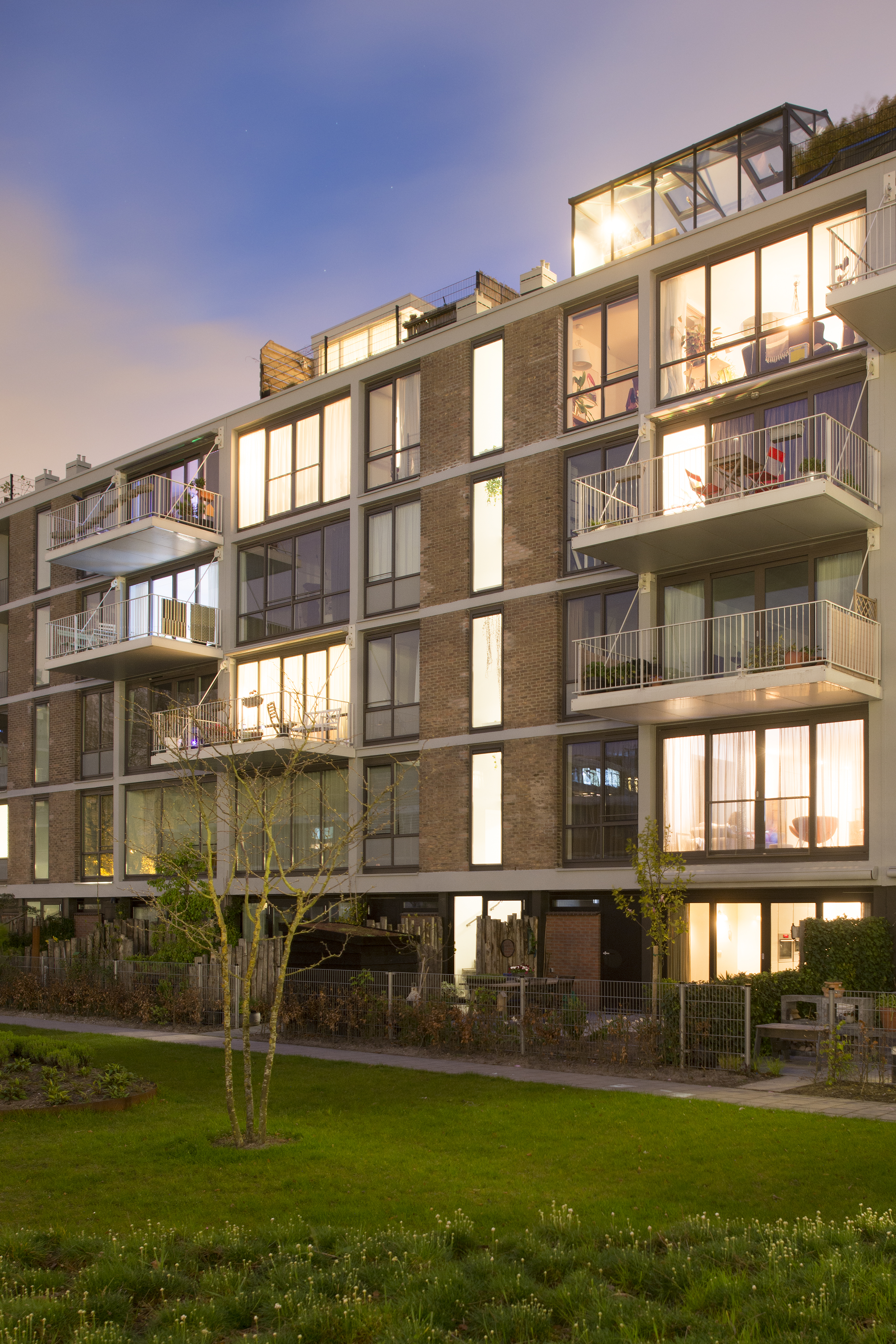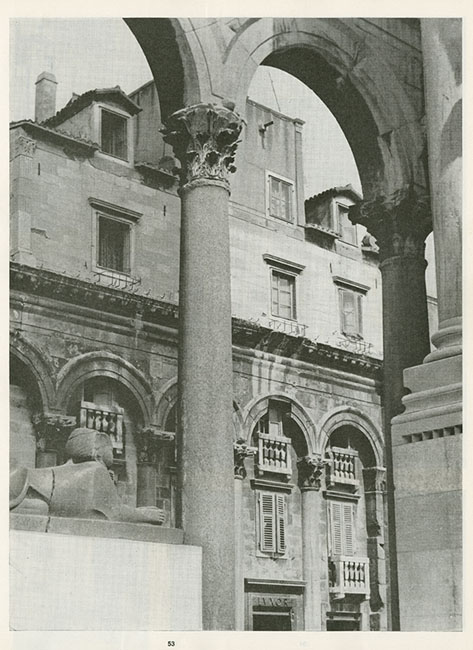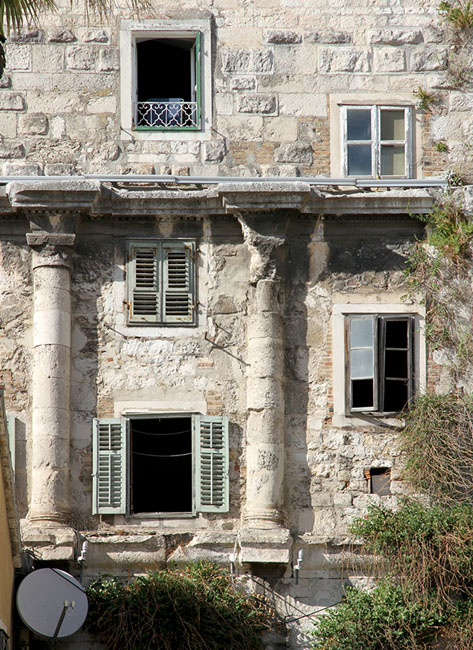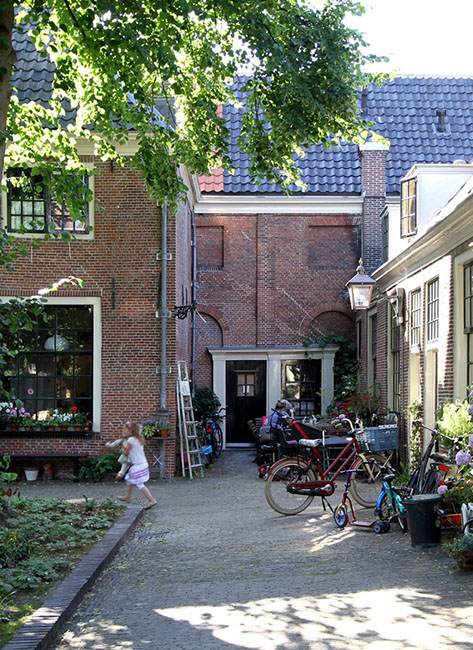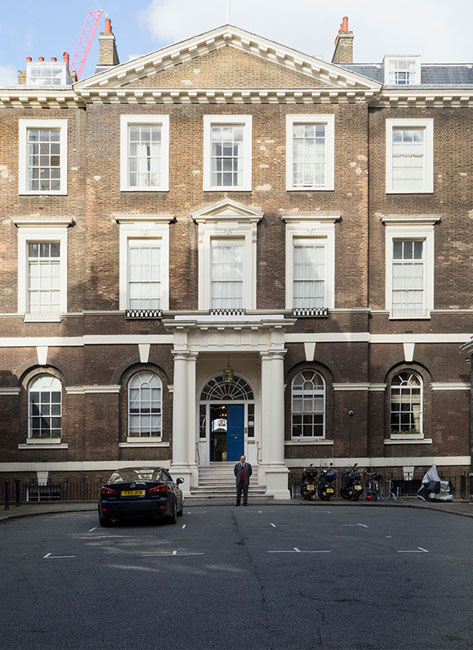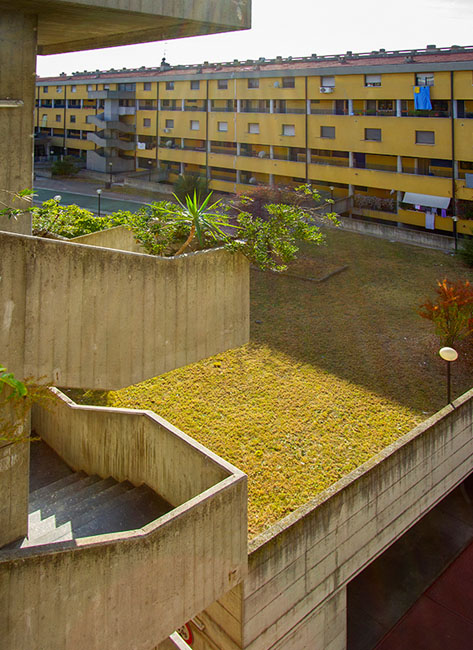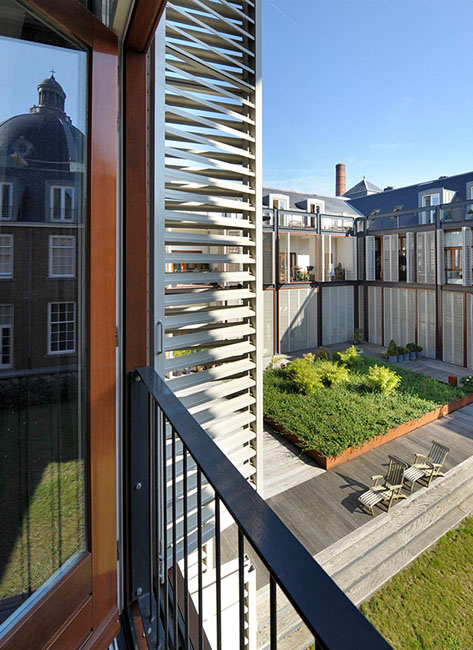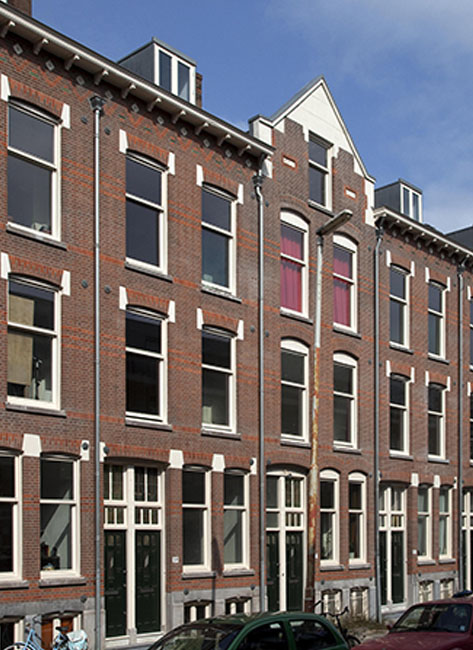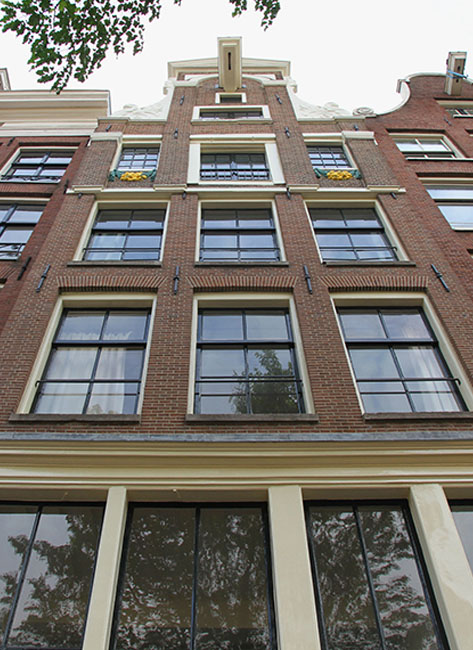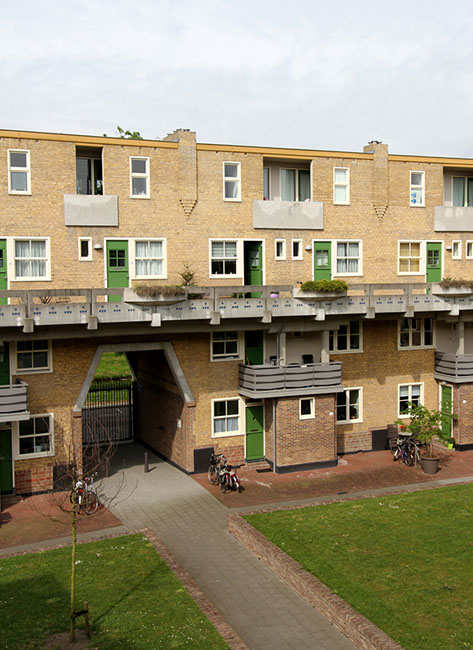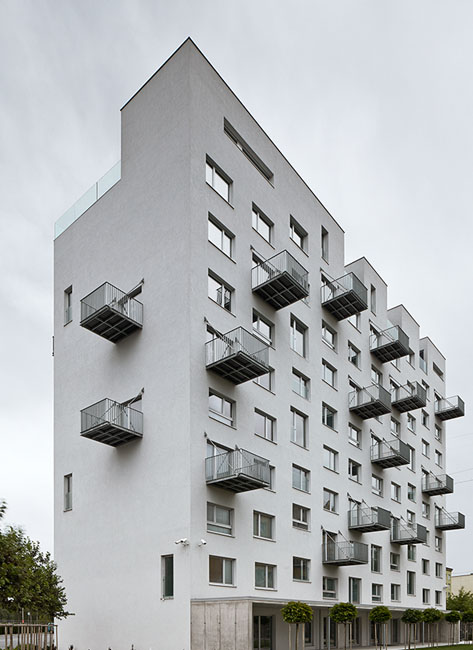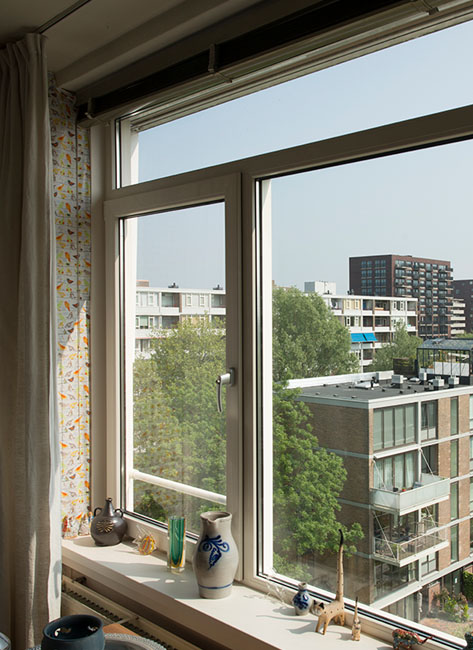Nr 14 (2018): Van woning naar woning: radicale transformaties van woongebouwen
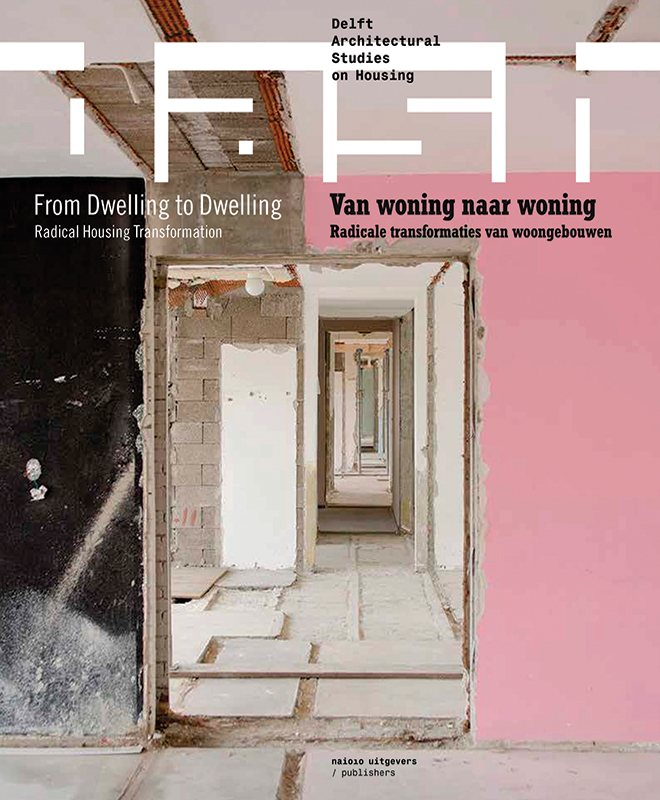
Een groeiend bewustzijn om duurzamer met grondstoffen en sociaal kapitaal om te gaan, zet de transformatie van de bestaande woningvoorraad als belangrijke opgave in de agenda van ontwikkelaars en architecten. De opgave is niet alleen technisch van aard: veranderde woonwensen maken bestaande woningen qua grootte en indeling ongeschikt, terwijl de gebouwen vanuit duurzaamheid, praktische of culturele redenen het behouden waard zijn. Deze DASH zet de huidige opgave in historisch en internationaal perspectief.
Redactie: Dick van Gameren, Frederique van Andel, Dirk van den Heuvel, Olv Klijn, Annenies Kraaij, Paul Kuitenbrouwer, Harald Mooij, Pierijn van der Putt, Hans Teerds, Jurjen Zeinstra
ISBN: 978-94-6208-311-0
Gepubliceerd:
2018-06-01
